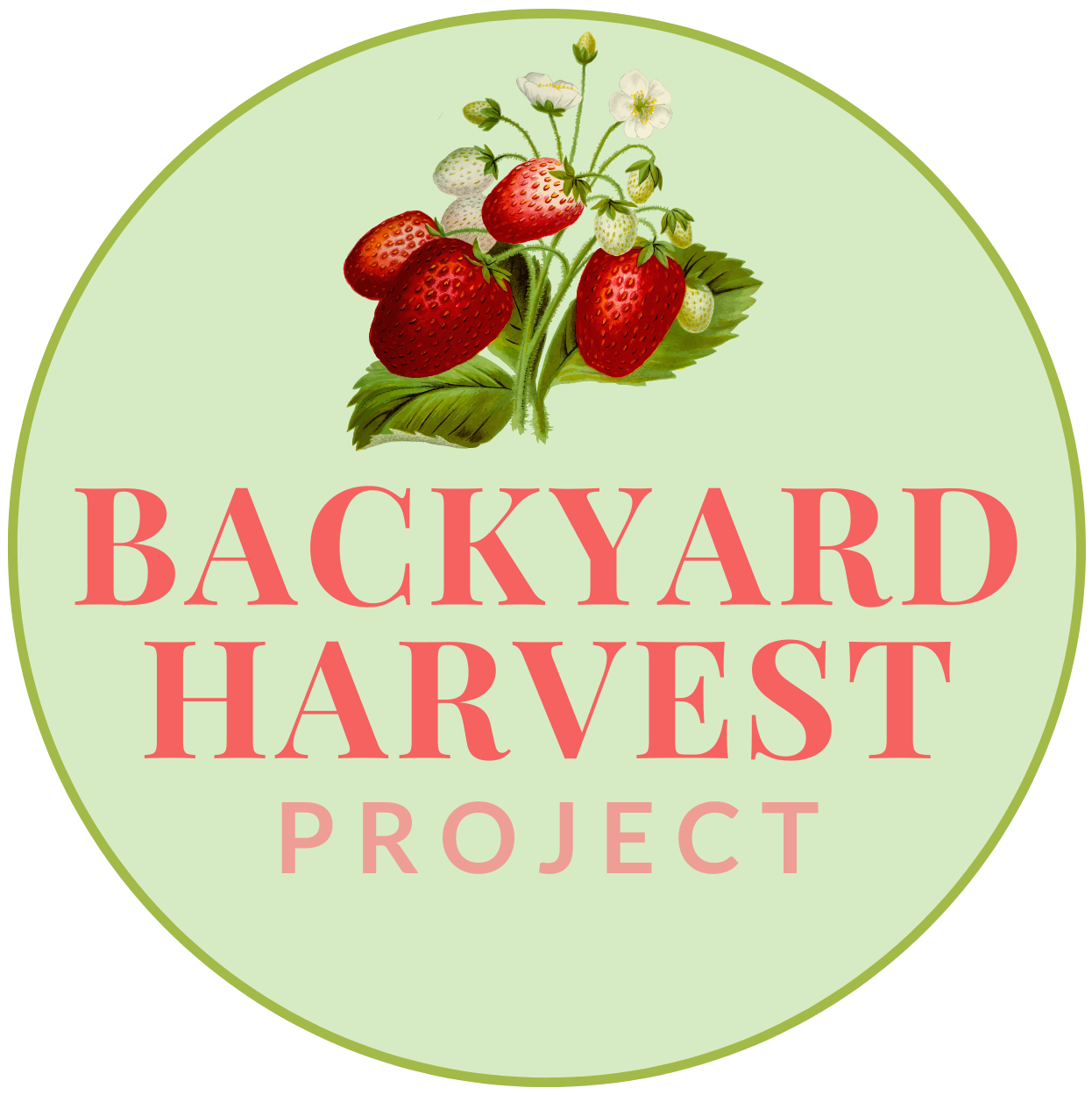When Should I Cover? A Guide to Frost.
Ahhh, Alberta. We had a late frost in mid-June, and an early frost in mid-August. We should all be celebrating any food we get out of our 2020 gardens! When that nasty little frost warning pops up on your weather app, it can be a bit panic inducing. The good news, not all frost is alike, and some plants handle cold temperatures better than others.
Frost vs Freeze
First, we need know there is a difference between a frost and a freeze. A frost is when ice crystals form on the outside of your plant. Frost can occur when the temperature is above 0 celsius. In Alberta, once you see forecasted temps of 5 or below - be wary, there are areas in your garden that might drop low enough (about 2.2 degrees) to allow frost. Frost occurs on a clear night, when the air is dry, and there is no significant wind. It’s a short event (usually happens right around dawn). A light frost happens when the ground is still warm enough to give off heat and protect the bottom of the plant, the top of the plant may have some damage. A hard frost (also known as a killing frost) can occur when the ground temperature drops below zero celsius.
A freeze, on the other hand, occurs when the temperature drops below zero celsius, causing water particles inside the plant to freeze. A freeze can happen without a frost, it usually lasts longer than a frost, and it is almost always more damaging.
There’s a frost warning, what should I do?
We can divide plants into three general groups - sensitive, tolerant, and hardy.
If temperatures are forecasted between 0 C and 5 C, it’s time to cover and protect your most sensitive plants. If it’s late enough in the year, harvest them. You can cover your plants using old sheets, row covers (a lightweight material available at garden suppliers that can be rates to different levels of cold and frost), old blankets, or cold frames. If they are in pots, you can bring them inside. You can even put a plastic bucket over top - the intention here is just to stop the water particles from getting on the plant.
We have a terrible habit of planting our tomatoes too early. Here’s we’re covering the tomato cages with fleece blankets before closing up our cold frame.
For your tolerant plants, a light frost won’t hurt them. You could add a layer of mulch to these plants, helping to keep the ground warm. Your hardy plants will laugh at frost. Some plants (like kale) can even taste better after a light frost. Hardy plants can be grown late in the year. If you want to attempt year round gardening, check out the book “The Year Round Vegetable Gardener” by Niki Jabbour.
Sensitive plants: These plants can’t handle frost. At all.
Spring: Don’t plant until chance of frost has passed, we’re talking June (be ready to cover if we have a late June frost!)
Fall: protect/harvest before light frost
tomatoes
cucumbers
squash (including zucchini)
melons
peppers
beans
eggplant
okra
corn
tender herbs: basil, stevia, marjoram, dill, chamomile
most flowers
Tolerant Plants: These plants can handle multiple light frosts
Spring: you can plant these before the last frost date, when the ground is workable
Fall: don’t worry about covering for a light frost, but harvest before a hard freeze
cauliflower
beets
celery
arugula
green onions
potatoes
leaf lettuces
swiss chard
herbs: cilantro, thyme, rosemary, mint, oregano, lemon balm
flowers: pansies, violas, petunia, calendula, snapdragon, forget me not, sunflowers, nasturtium
Hardy Plants: these plants can survive a hard frost, but don’t expect them to live all winter!
Spring: you can plant these before the last frost date, when the ground is workable
Fall: these plants can even handle a freeze (up to -6 C or more if they are properly mulched and covered)
carrots
garlic
horseradish
kale
rutabaga
leek
parsnips
radishes
spinach
turnips
herbs: parsley, sorrel, sage, chives
Getting proactive with our cold climate
In Cochrane, we have on average 99 days that are frost free. In 2020, it was closer to 75 days. When you design your garden, it’s important to consider these conditions so you aren’t running out with blankets night after night. Mid August frost is not uncommon in our climate. A few strategies we use in our designs include greenhouses, cold frames, low hoop houses, row covers, heavy mulch, and starting seedlings indoors to give them a head start in the spring.
We created a low tunnel using simple plastic plumbing pipe, clear poly, and binder clips to cover our annual bed. This works as a season extension, as well as hail & wind protection. Low tunnels work better in the spring, for fall frosts, the plants may be too tall.



